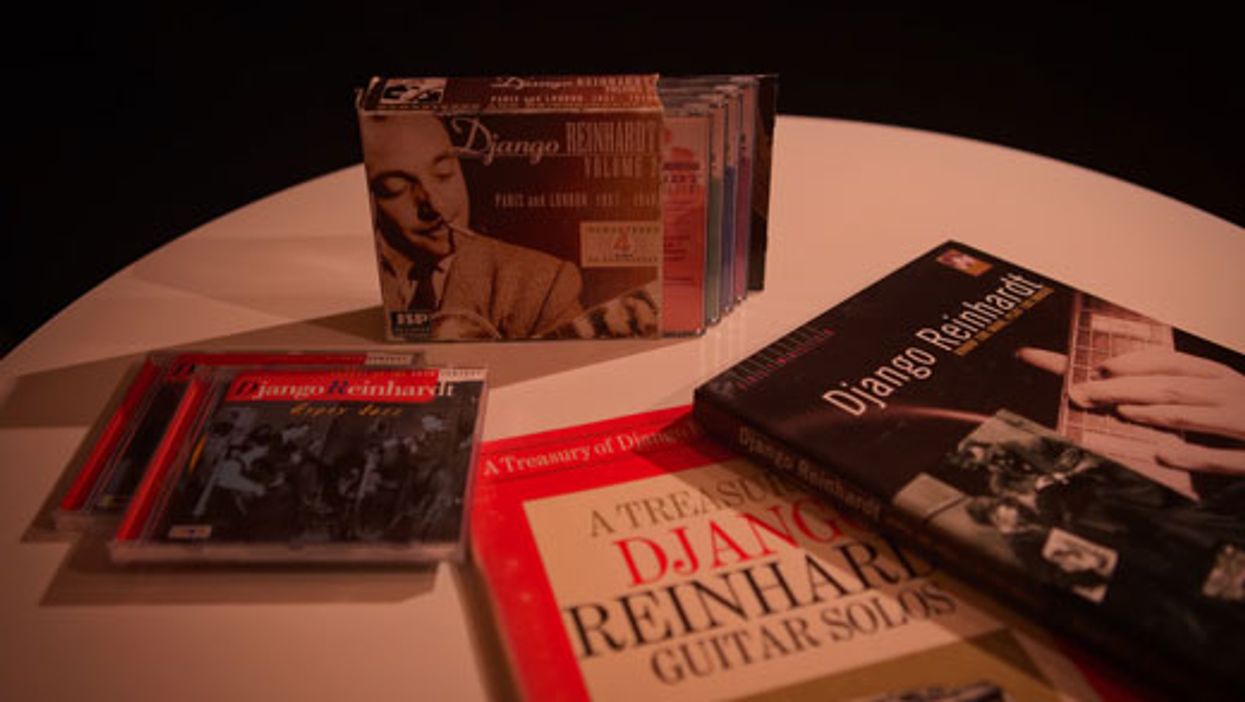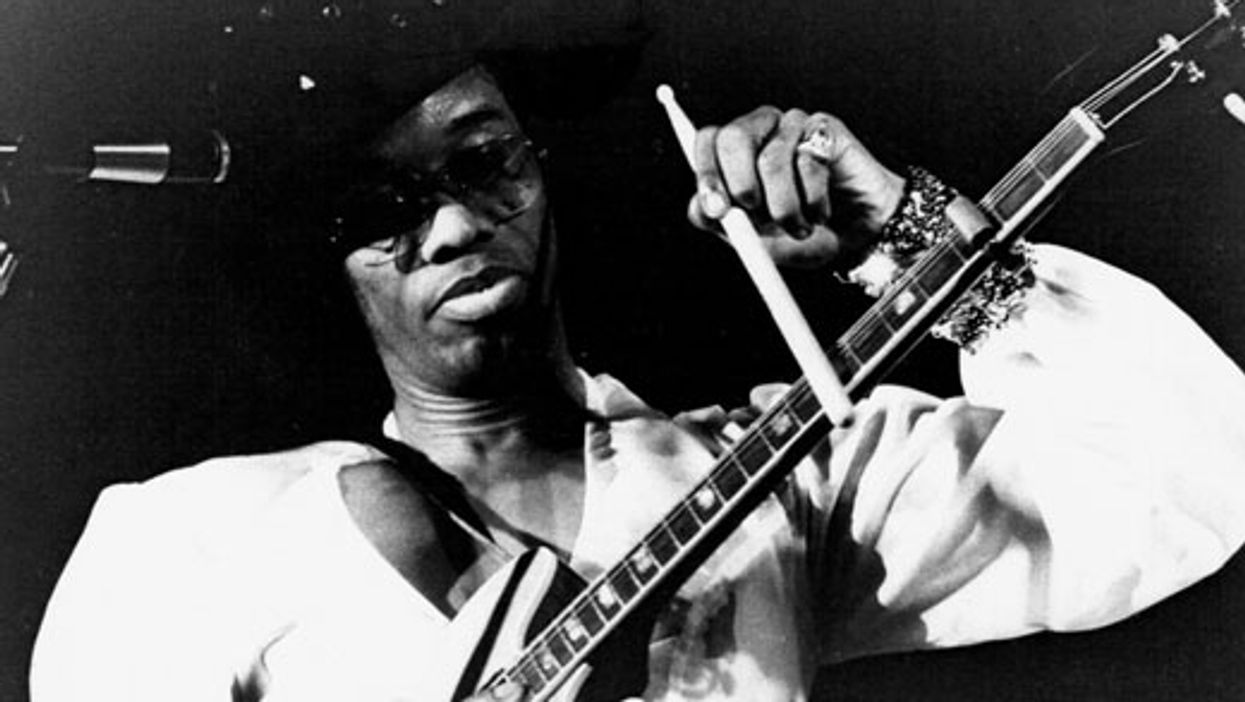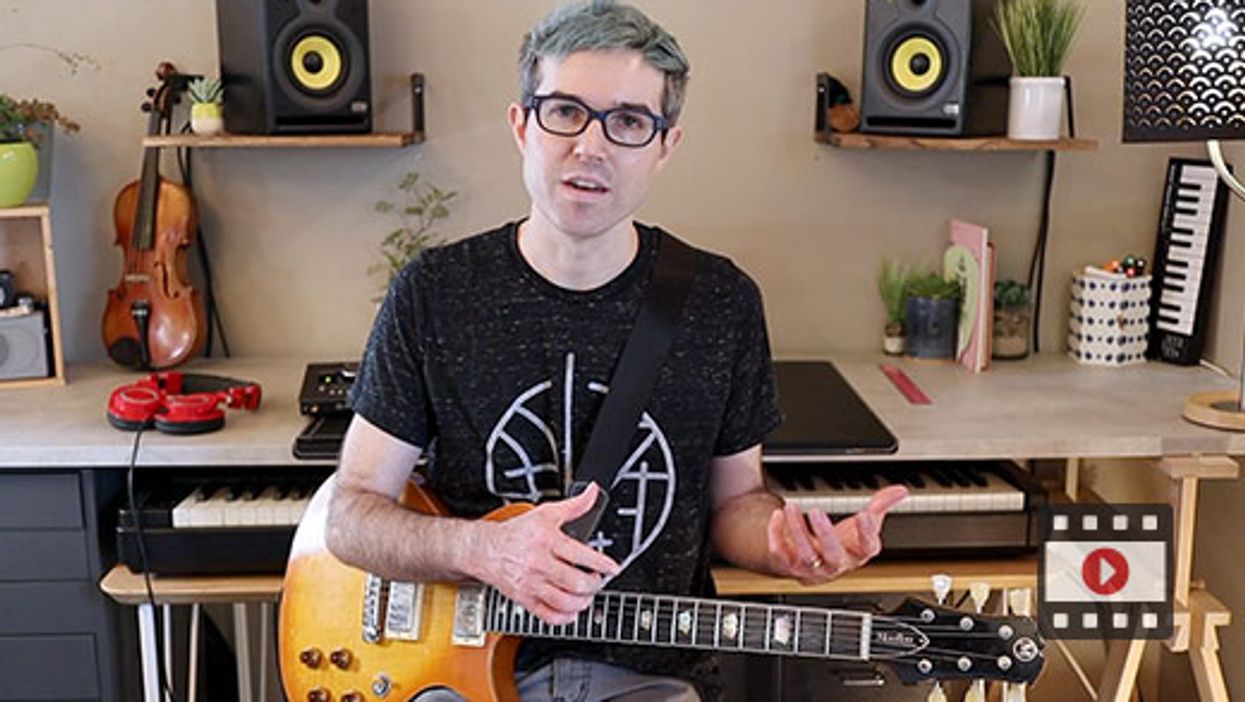Chops: Intermediate
Theory: Intermediate
Lesson Overview:
• Learn how to imply altered dominant sounds.
• Create emotive and evocative phrases.
• Develop a better understanding of chord tones.
Click here to download a printable PDF of this lesson's notation.
When it comes to the history of the electric blues and the big ’60s boom, you’ll hear people talk about Eric Clapton and Jimi Hendrix, but another pioneer—the great Chicago guitarist Mike Bloomfield—often goes unmentioned. And that’s a travesty. After all, we’re talking about someone who, in 1965, simultaneously played a pivotal role in Bob Dylan’s emergence as an electric rock musician and blew open the doors of blues-rock with the Paul Butterfield Blues Band. Bloomfield exploded on the scene with Butterfield a year before Clapton made waves with John Mayall’s Bluesbreakers and the classic “Beano” album, and he went on to be a major player in late-’60s rock.
Bloomfield passed away tragically and mysteriously in 1981. His playing is documented in numerous sessions for Bob Dylan and Muddy Waters, on albums by Butterfield and the Electric Flag, several soundtracks, and a string of solo records. Take a listen below to one of the classic jams from the Paul Butterfield era, “East-West.”
If you’re a serious student of the blues, you’re doing yourself a huge disservice by not coming to grips with Bloomfield’s rich catalog, so let’s jump in.
For this lesson, our two solos occur in the context of a slow 12/8 blues, and a huge part of playing over a groove like this comes down to how you interpret rhythm. Don’t feel you need to follow the notation to the letter. Bloomfield would push and pull his licks—slow them down for tension, and speed them up for excitement. So dig in and play from the heart.
Our first solo (Ex. 1) almost exclusively uses the A minor pentatonic scale (A–C–D–E–G), a staple of all blues players, especially back in the ’60s. We open the first two measures with Bloomfield’s trademark bends around the “B.B. King box,” and his attention to detail comes in the form of the little blues curls on the 8th fret.
In the third measure we expand on this idea by adding a passing tone (C#) between the 8th and 10th frets, a nice, simple concept that’s resolved lower on the fretboard. From here we work up towards the B.B. box again and, as before, we hit that passing tone between the 8th and 10th fret. This area of the pentatonic scale is a favorite of Bloomfield’s as it gives him a place for a big bend at the 10th fret.
The little bit of spice comes as we approach the E7. Here we play some notes from the A major pentatonic scale (A–B–C#–E–F#), starting at the 9th fret. This is contrasted by some grittier sounds as we move down the neck and play the blues scale. Really try milking that Eb with a little blues curl.
Click here for Ex. 1
Ex. 2 draws a little more influence from Bloomfield’s more exotic playing on the Paul Butterfield Band albums. From the top, there’s outside influences present as the idea in the first two measures demonstrates. There are hints of a Phrygian dominant sound, but the major 7 implies that Bloomfield is likely just searching for interesting notes.
Over D7, there’s a more pronounced use of the A blues scale (A–C–D–Eb–E–G) which resolves with some repeating bending ideas. You could think of this as a more blues-rooted phrase intended to resolve the previous explorations.
In measure four we’re back in adventure mode, this time descending down the D harmonic minor scale (D–E–F–G–A–B–C#). Again, theory would tell us that this acts as the A Phrygian dominant scale and it implies an A7b9b13 chord. But for an old-school blues player like Bloomfield, that explanation is probably too academic. Actually, I think you could play any random noise here. As long as you get back to the pentatonic scale when the D7 hits, it’s going to sound pretty hip.
Over the D7 we’re mainly using the A blues scale, but the F# in measure six fits the chord well and is a typical Bloomfield-ism. After teasing this flavor, we’re back in the blues scale.
As the eighth measure ends, things kick up a little and build toward the climax of the chorus with some fiery playing in the A blues scale. That is until we reach E7, where we hit a C#. Now this isn’t the most “correct” note to play here, but it’s certainly not wrong and it’s definitely interesting. It’s enough to grab your ear as he takes you down the blues scale again to the end.
Click here for Ex. 2
Finally we have an extended version of the backing track, so give it a spin and see what you can come up with. Blues tunes at this speed are a lot of fun because you can really step on the gas if you want to, or alternatively lay back against the groove and drag out the notes. Start listening to Bloomfield and see if you can cop a few licks for your own use.


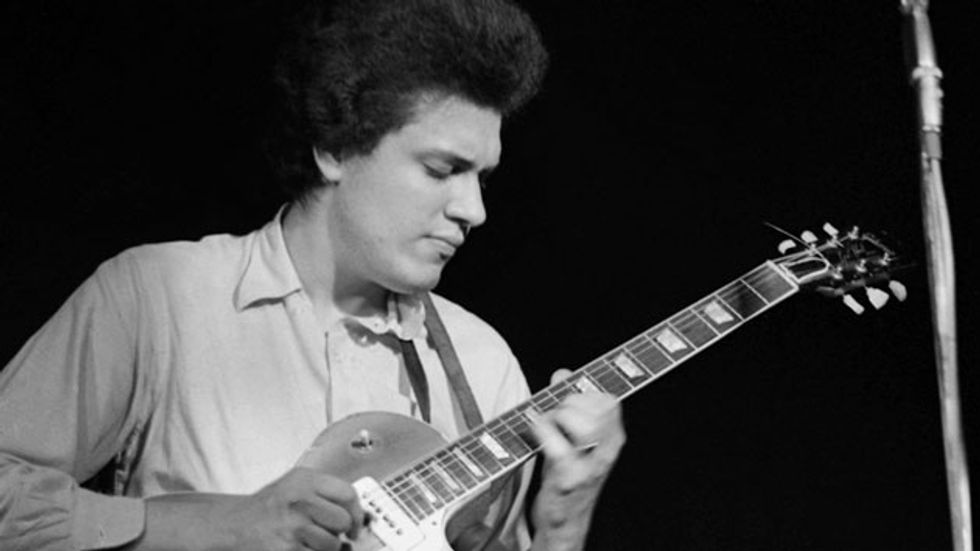
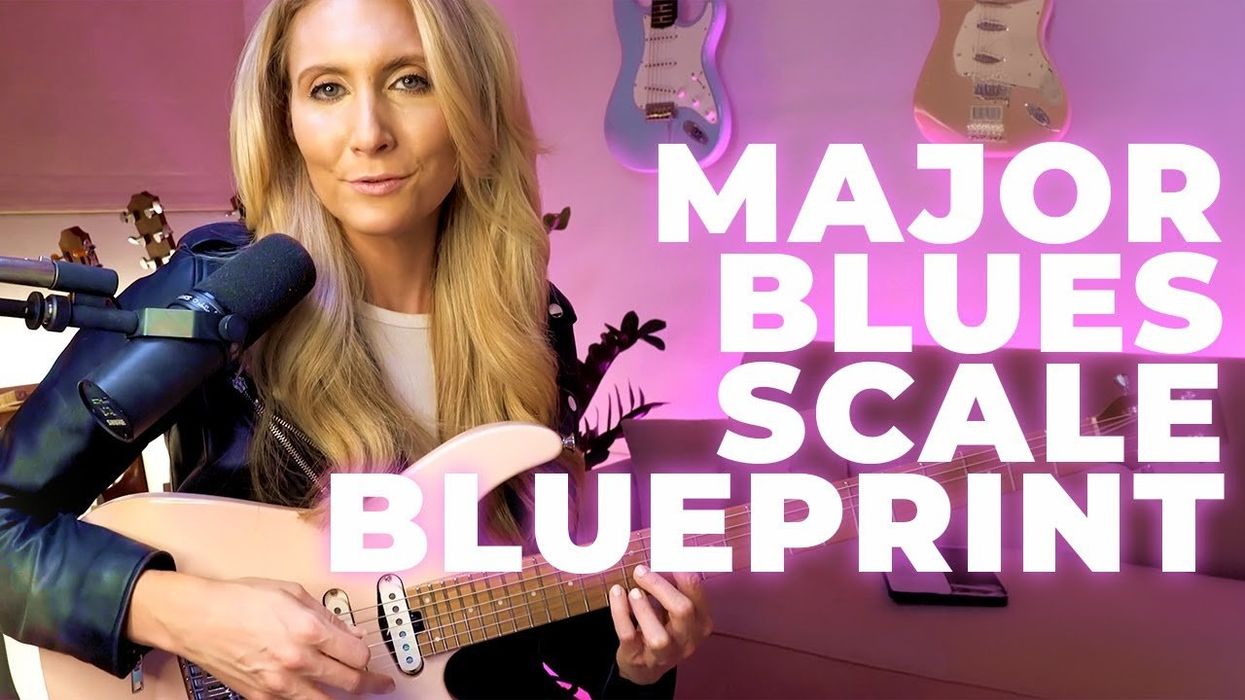

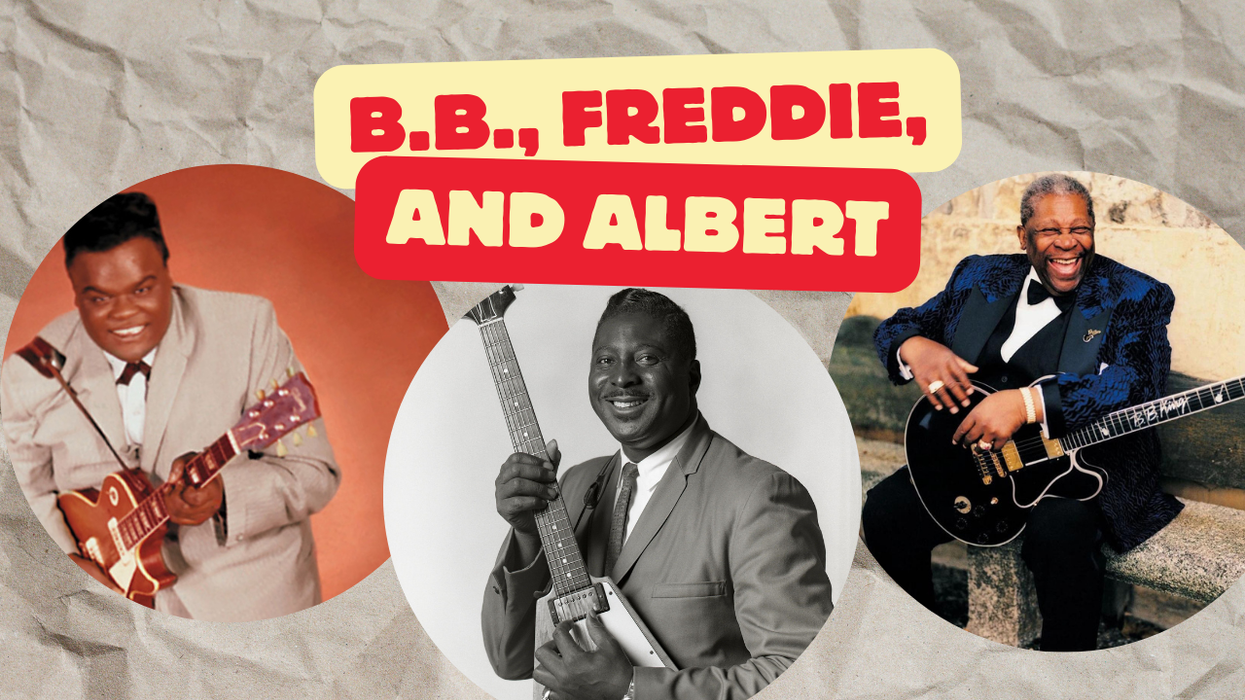

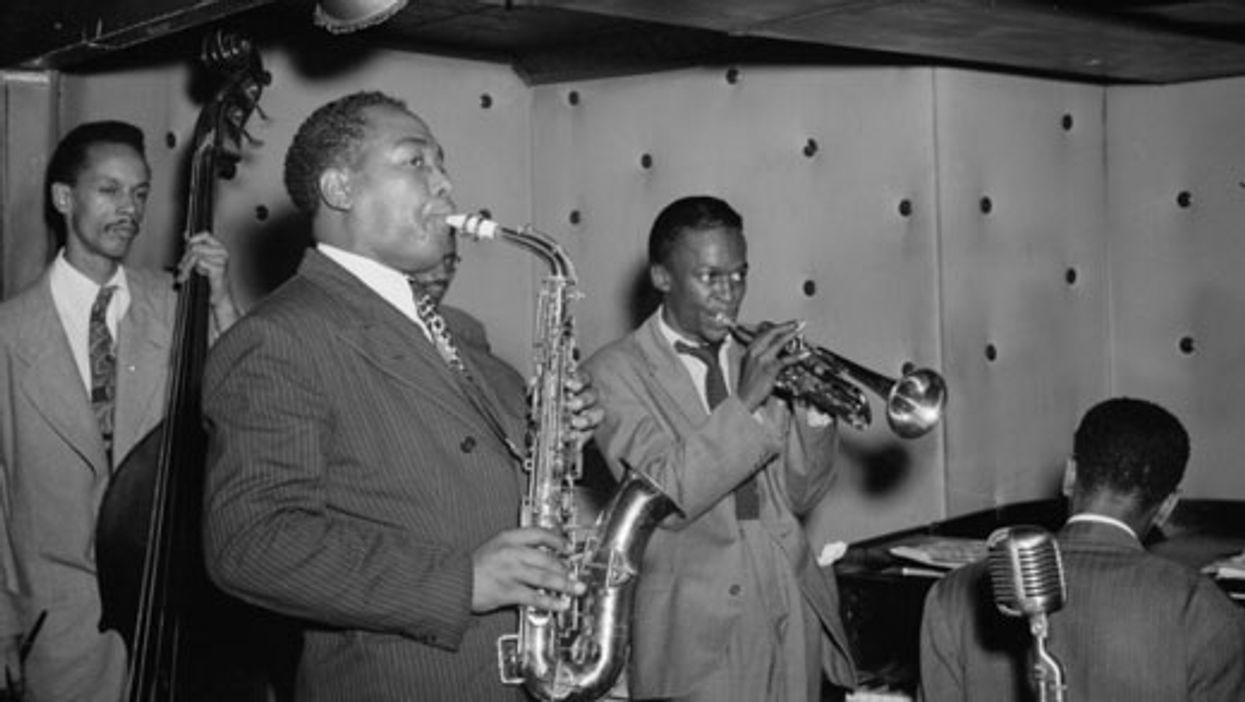
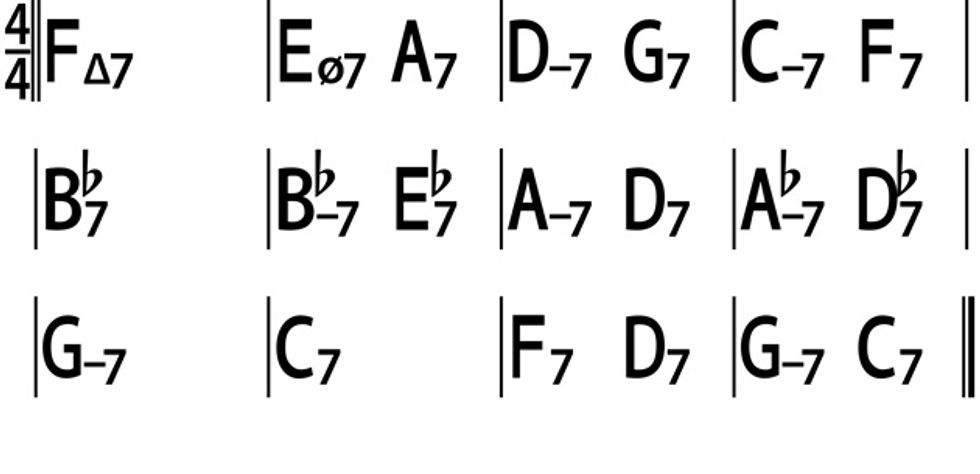



![Rig Rundown: Russian Circles’ Mike Sullivan [2025]](https://www.premierguitar.com/media-library/youtube.jpg?id=62303631&width=1245&height=700&quality=70&coordinates=0%2C0%2C0%2C0)


